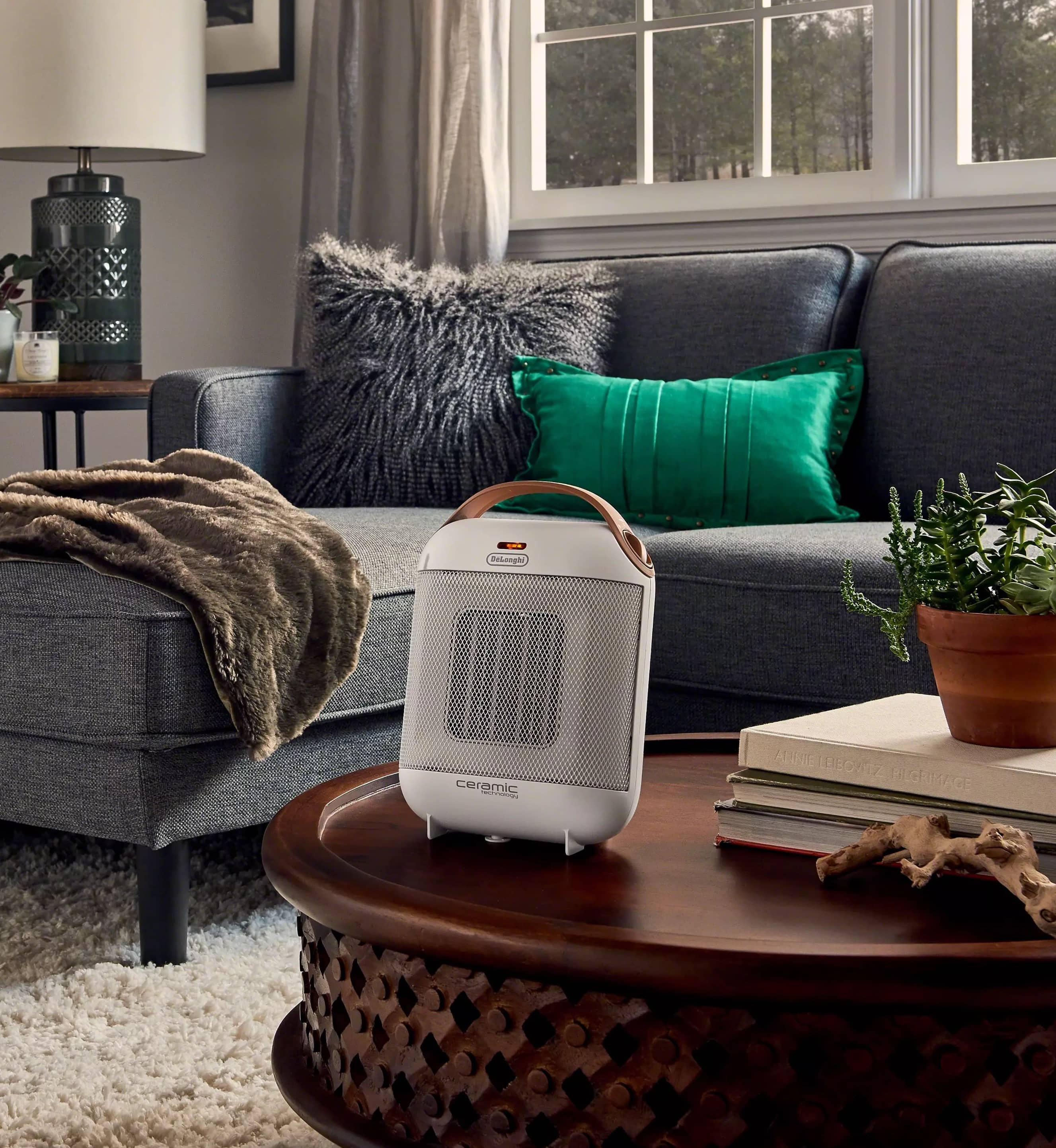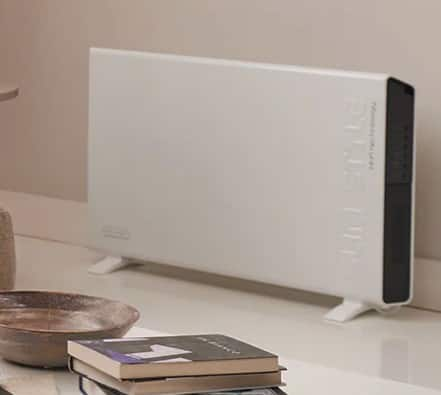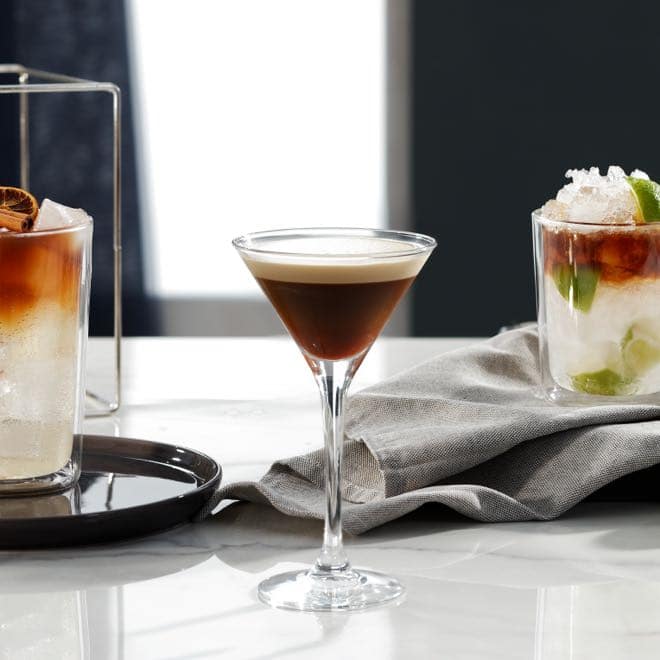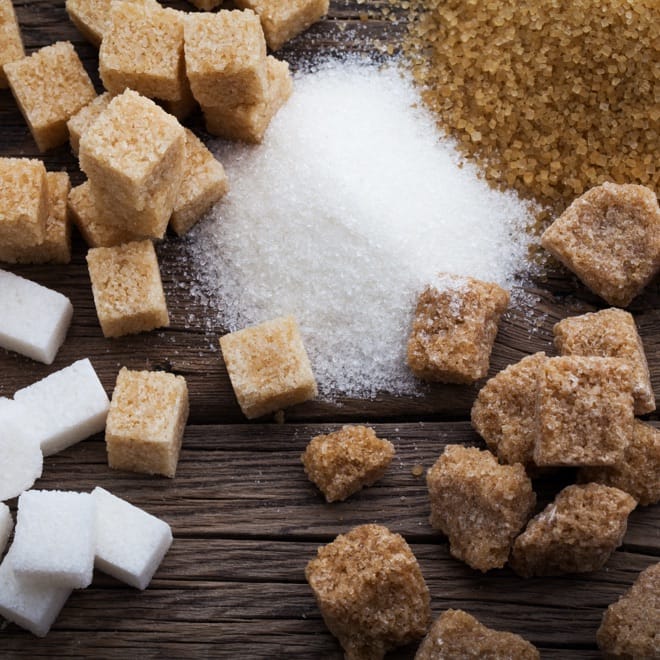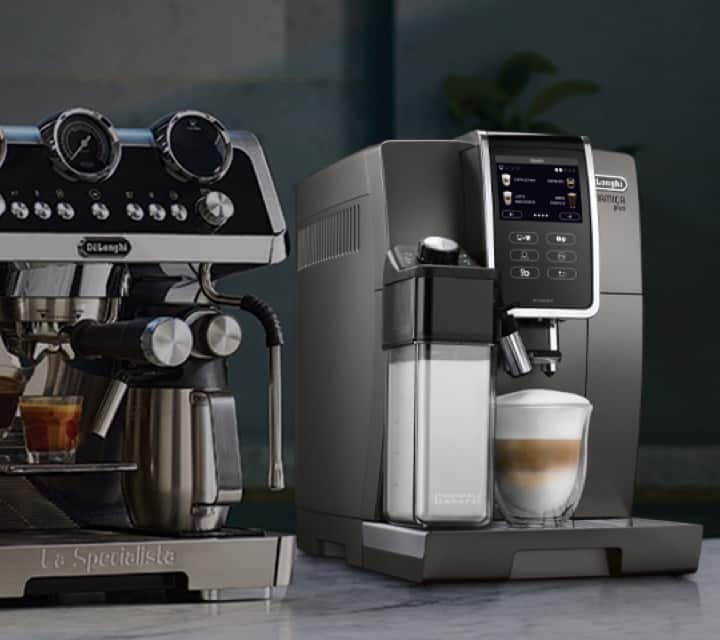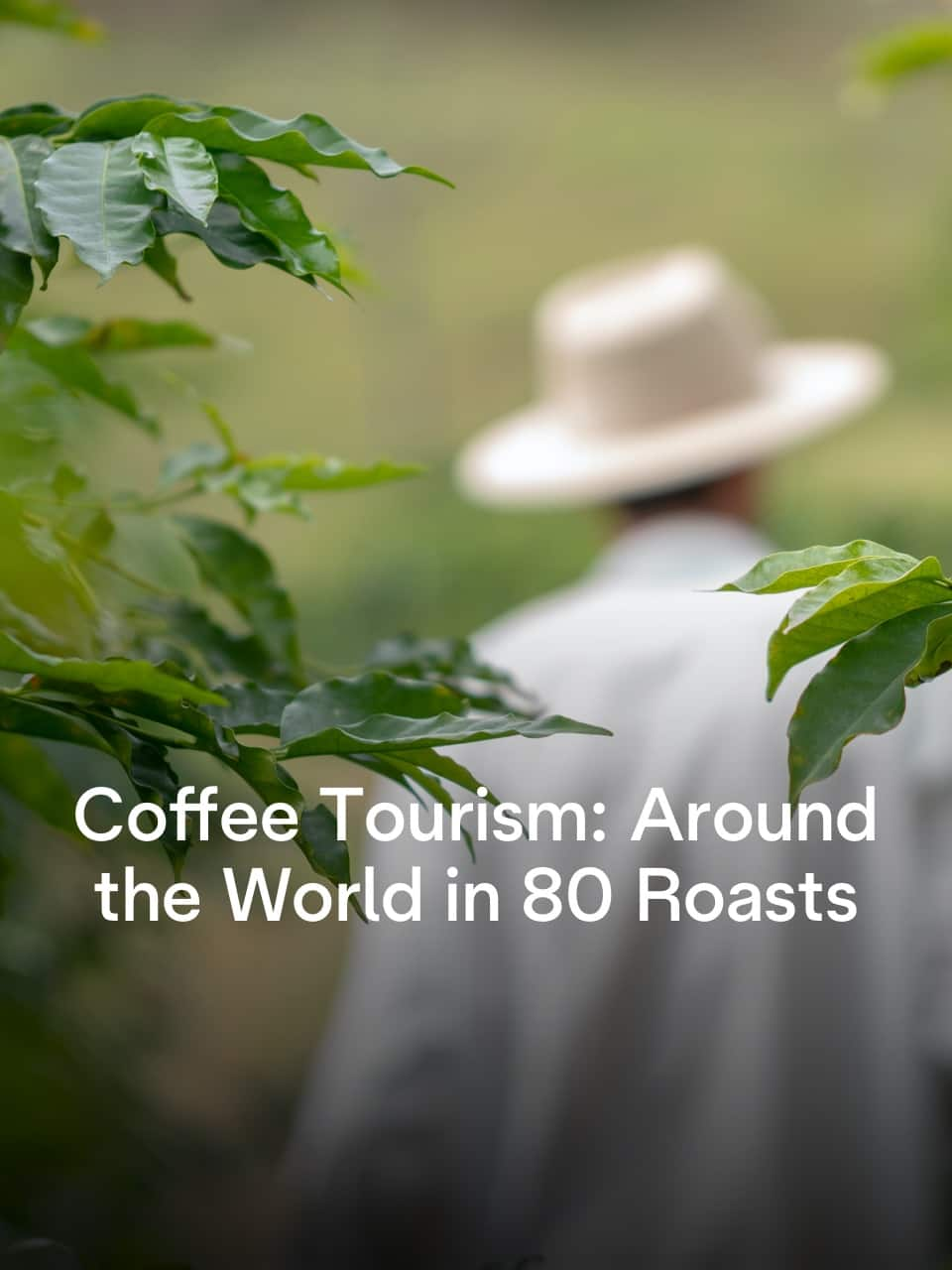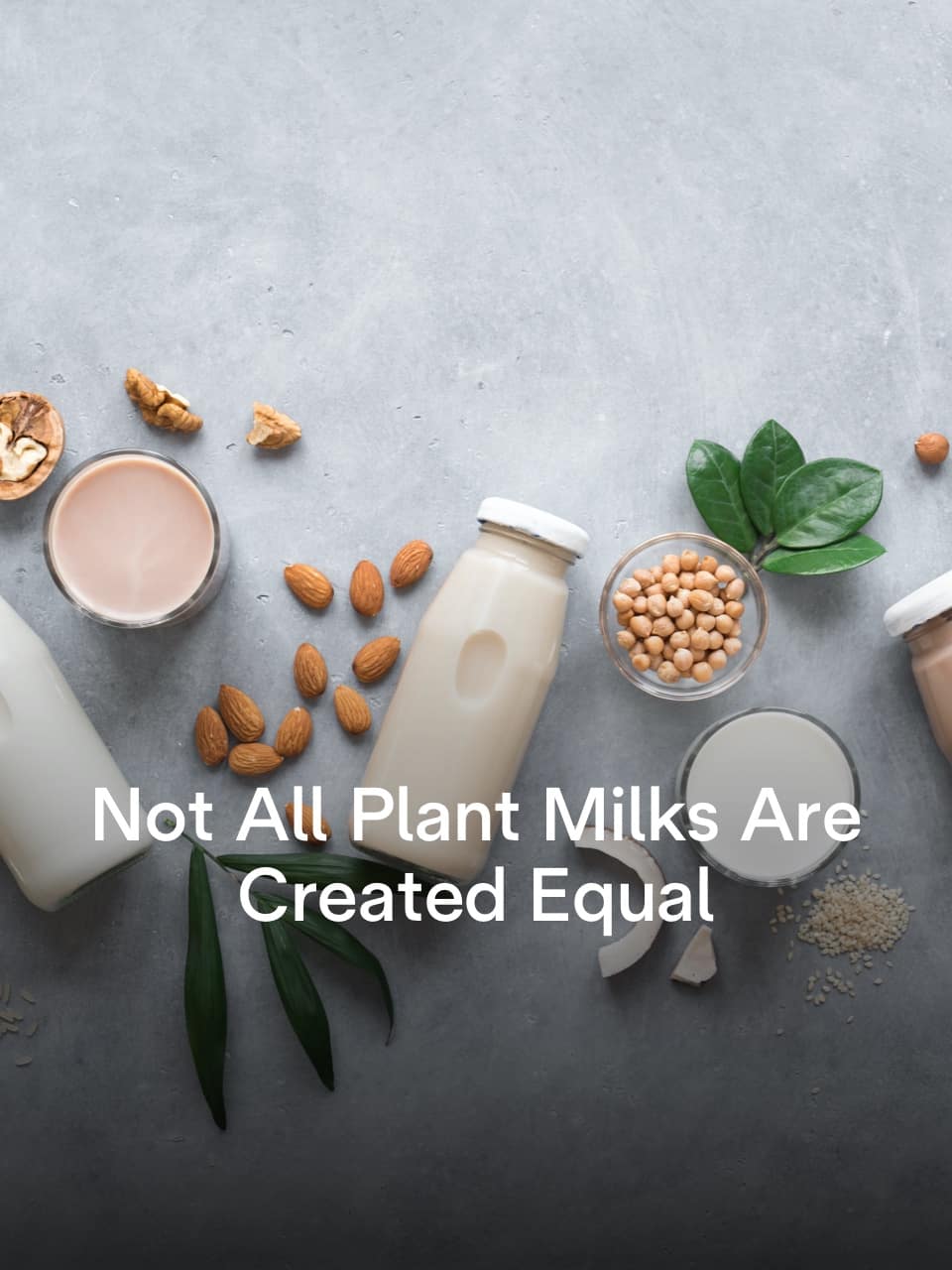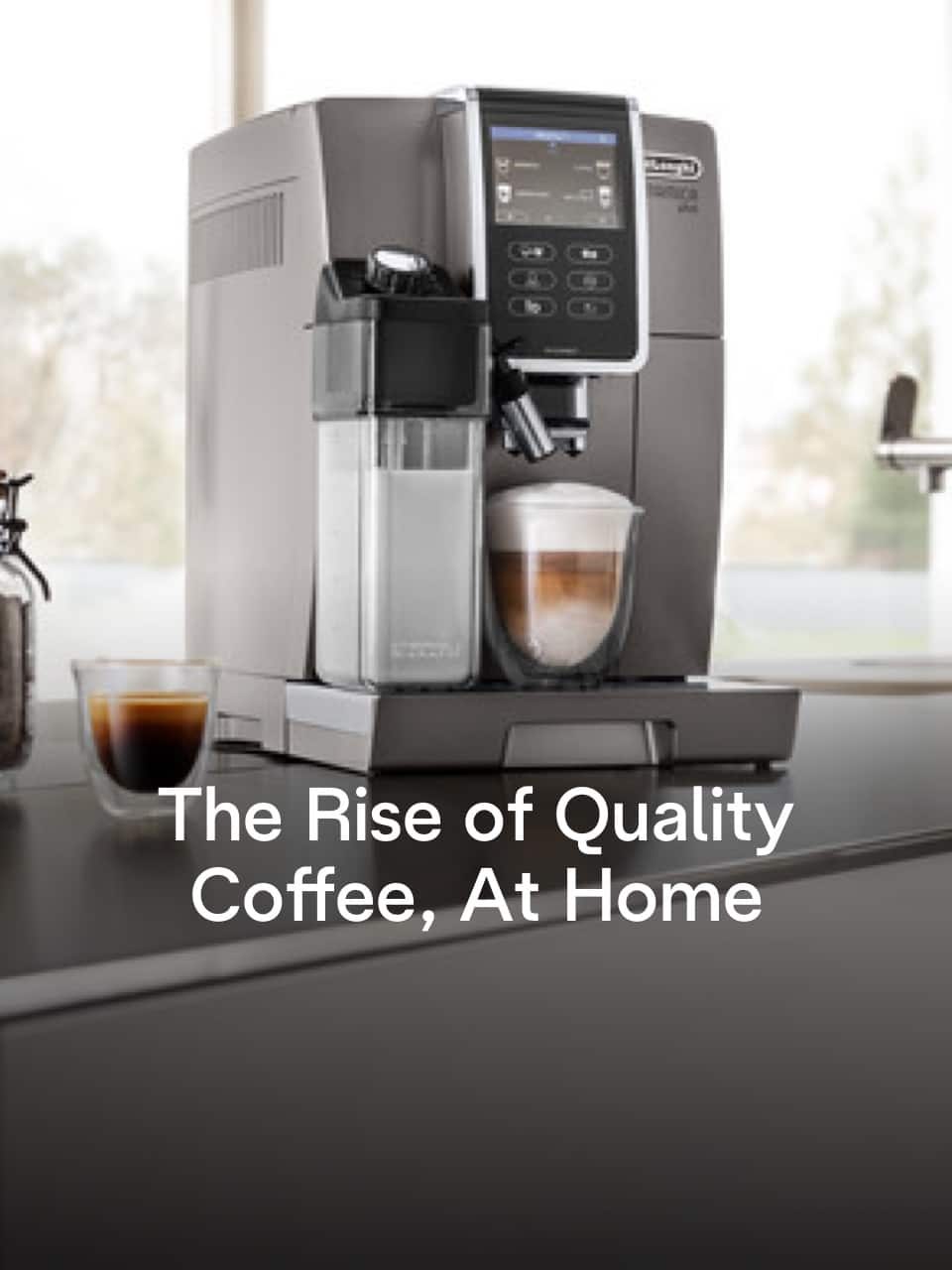Coffee Town, USA: Café Culture In Seattle
At first, Seattle might seem like the unlikely birthplace for a coffee empire, but understanding how café culture flourished in this city requires diving into its counterculture.
Seattle's notoriously cloudy weather makes a warm cup of coffee increasingly appetizing, but it was actually the city's people that gave it its caffeinated reputation. In the 1960s and '70s, the Emerald City attracted bohemians from around the country, many of whom would gather with other members of the counterculture movement to exchange ideas. This desire to congregate led to a boom in Seattle coffee shops, which eventually became closely associated with the bohemian community's political ideologies.
When we think about Seattle's coffee scene, it's nearly impossible not to reference Starbucks. After all, the global giant is credited with bringing coffee to the masses with creative spins on drink recipes and café food. But was this coffee revolution a product of Starbucks' success? Or is Starbucks, in fact, a product of Seattle?
Some would argue that the companies' founders were part of the Seattle-based movement that emphasized coffee origins and bean variety in their business model. Therefore, maybe it's Seattle's tendency to stray away from the norm that ultimately paved the way for coffee's commercial success.
Regardless, Seattlites take immense pride in their coffee-loving city. You'll commonly find locals supporting local shops, with there currently being about 843 shops per capita in the rainy city. Visitors and locals alike can also enjoy beans from Seattle coffee roasters, specialty shops, and coffee-serving spots that preserve traces of the city's punk-rock and bohemian roots. In other words, discovering Seattle’s best coffee requires sampling plenty of great options.
Coffee Up North: Bonjour from Montréal
Like the United States, Canada didn't come into contact with the coffee plant until the arrival of European colonists in the 17th century. But times have changed, and although Canada doesn't grow any coffee of its own, it consumes a high quantity of it on a daily basis. In fact, Canada consistently ranks within the top ten list of countries for coffee consumption per capita, meaning Canadians take their morning cup very seriously.
Besides its big love for coffee, Canada also happens to be a very big country with various coffee scenes and immigrant communities who contribute to them. The city of Montréal, however, stands out for its combination of European flair, bustling student population, and diverse coffee options to choose from.
Located in the bilingual French-speaking province of Quebec, Montréal is home to some of Canada's finest museums, music festivals, restaurants, and nightlife. Winters here are also notoriously dark and cold, causing locals to spend more time indoors with a warm cup of coffee by their side. Exploring Montréal coffee includes third-wave shops that source ethical beans, visiting classic espresso bars in Little Italy, savoring Turkish coffees, and sampling the local favorite – the allongé.
Similar to an Americano, an allongé uses a longer extracted espresso shot to minimize the quantity of hot water in the beverage. Lingering around long enough in Montréal coffee shops that serve alcohol can lead to another beloved tradition known as cinq à sept – or as we like to call it, Happy Hour.
 Découvrez notre machine à espresso entièrement automatique la plus vendue, maintenant avec fonction infusion froide ! Savourez plus de 50 recettes en une seule touche, dans le confort de votre foyer.
Découvrez notre machine à espresso entièrement automatique la plus vendue, maintenant avec fonction infusion froide ! Savourez plus de 50 recettes en une seule touche, dans le confort de votre foyer.
 Préparez sans effort un espresso de qualité à la maison avec la machine La Specialista Opera – maintenant avec Cold Brew.
Préparez sans effort un espresso de qualité à la maison avec la machine La Specialista Opera – maintenant avec Cold Brew.



